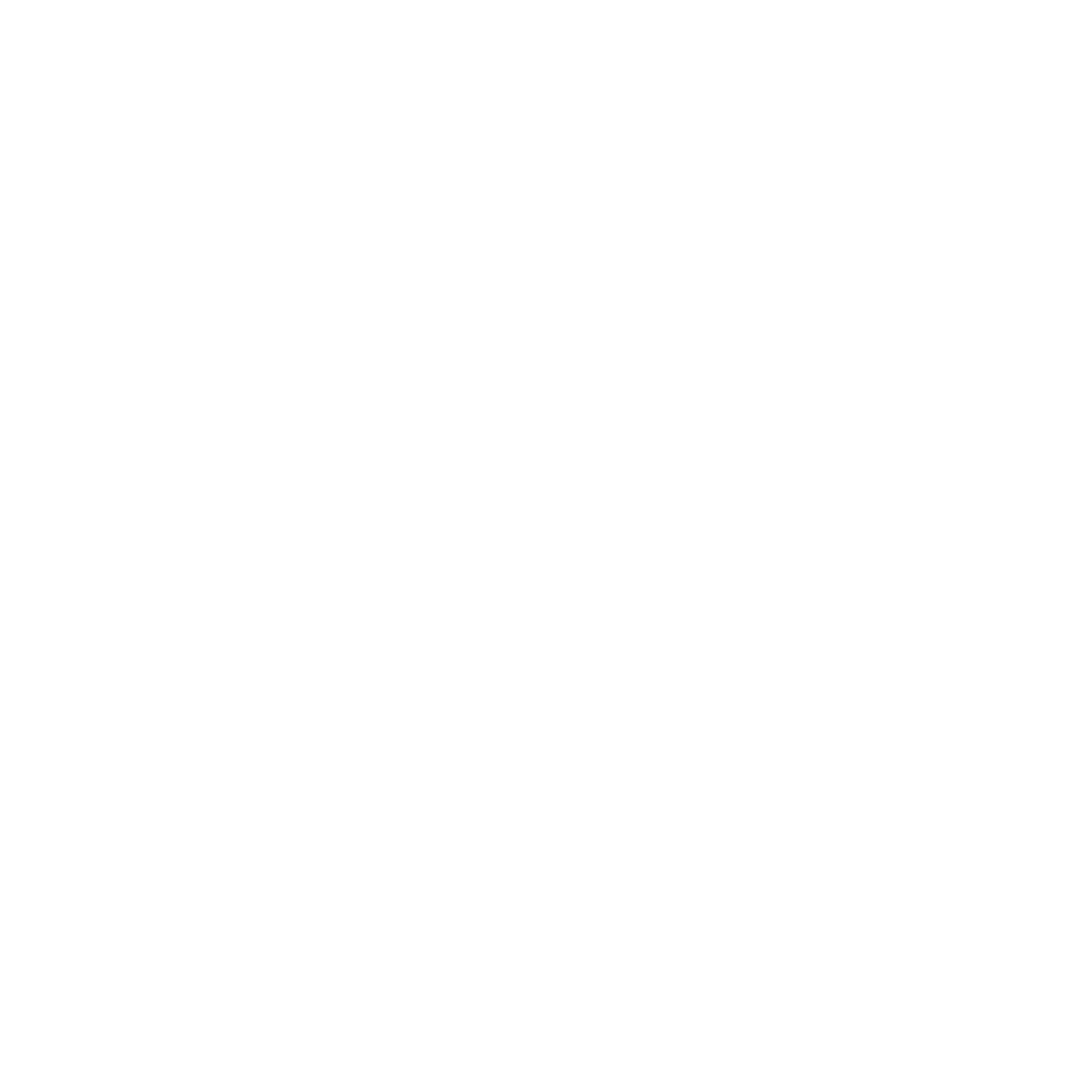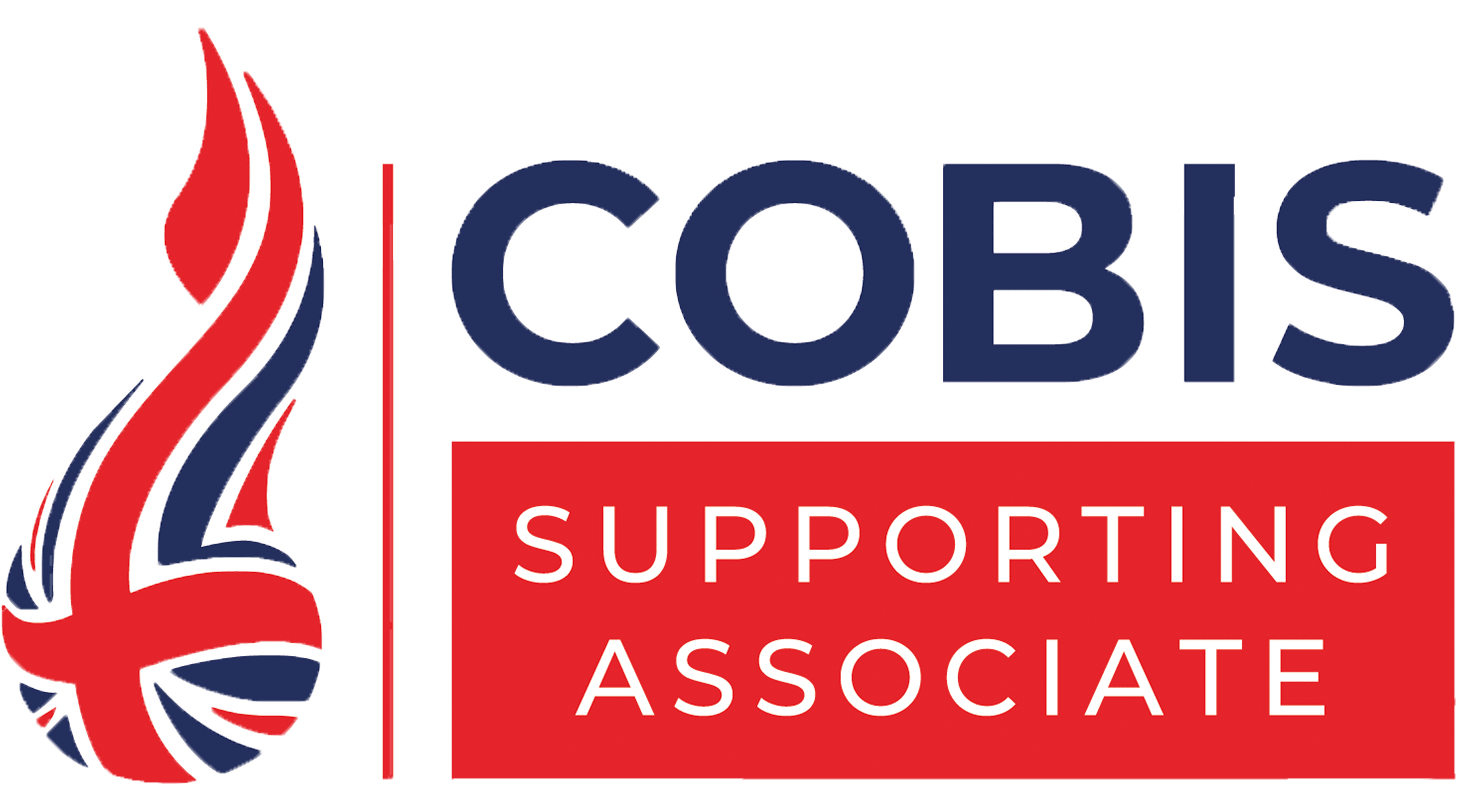A habit is a repeated behaviour or action that is difficult to stop. The term can have negative connotations as it is can be associated with things people don’t want to or shouldn’t do, for example smoking or eating unhealthily. However, there can be positive and healthy habits that benefit from the repetitive nature of doing so. In the classroom it can be easy for the teacher to adopt bad or unhealthy habits; these can easily be practices that were once considered to be effective or were done without much thought or consideration. A key question for teachers to reflect on with their practice is whether it helps or hinders learning.
Effective habits, routines and strategies should always help learning/learners. In this article, we’ll take a look at some examples of unhealthy habits that can occur in the classroom, with an alternative healthier habit provided.
1.Unhealthy habit = Generic praise
Healthy habit = Precise Praise
Generic praise is certainly a hard habit to kick, I can attest to this from my own classroom experience! Despite my own knowledge and awareness of the pitfalls of generic statements (such as “Well done” or “Good job!”), I would find myself saying these statements to learners. As I would walk around the classroom or write comments in their class books, I was falling into this habit. What’s the problem with generic praise and why is it a habit that should be replaced?
If the praise is precise and specific (e.g., “Great use of repetition to emphasise that point,” or, “Excellent combination of colours to show contrast.”) students have something concrete to be proud of and can continue to do. Similarly, a sports coach may use generic praise, but if they are offering advice to help the athlete improve then precise praise will be used. This approach can also make the areas for improvement clearer for the student to identify and understand too. General praise, such as “Great!”, is a form of acknowledgement—but often it doesn’t help to move learning forward. Precise praise is more helpful for the learner. “Precise Praise” is a Teach Like A Champion technique that is an example of a healthier habit. (You can read more about this approach here)
2. Unhealthy habit = Hands up every time
Healthy habit = Involving all learners
There can be a time and a place for a “hands-up” approach to questioning, but this should not be the main or sole method of questioning in the classroom (another difficult habit for the teacher to stop!). A common occurrence in classrooms is for the teacher to ask questions and volunteers raise their hand, often those keen to answer or share their opinion. Hands-up questioning in the classroom allows students to willingly participate and engage in the lesson—but this can be a flawed approach. There are several reasons why relying on hands up during classroom questioning is not always effective. These include the following:
- It tends to be the same students answering questions every lesson as they are confident, articulate, and enthusiastic.
- Other students can avoid engaging with questions and rely on their peers to answer on their behalf.
- Hands up is not an inclusive approach, as not everyone has to participate or answer questions.
- This approach is misleading for teachers’ assessment of the students’ learning. A small sample of students isn’t reflective of the whole class and their knowledge and understanding.
Alternative approaches to questioning in the classroom, to ensure all learners are engaged and participating include the use of mini white boards, “Cold Calling”, online quizzing tools, multiple-choice questions, statements as alternatives to questions, and ”Think, Pair and Share”. There are pros and cons with each questioning technique. Therefore the classroom teacher should use their professional judgement, based on knowledge of the learners and curriculum content, to decide which technique to adopt (which is also true for just about any evidence-informed technique).
3. Unhealthy habit = Recapping every lesson
Healthy habit = Regular retrieval practice
When activating prior knowledge, it can be tempting for the teacher to remind their students of previously studied material. This can be much quicker than asking questions to all members of the class, ensuring full participation, and then providing the correct answers and feedback. There is often a lot of content teachers need to deliver and present in a lesson, in addition to checking for understanding and accuracy before moving onto the next section or topic. Retrieval practice can be challenging for students and the level of difficulty will depend on a variety of factors (e.g., the complexity of a topic or how long has elapsed since the content was last revisited). Despite these challenges with implementing retrieval practice, teachers need to persevere and focus on retrieval practice instead of providing the class with reminders of prior learning. (You can read more about the benefit of retrieval practice, in contrast to reminders, here.)
Can you think of any habits in the classroom you would like to stop or replace with an alternative, more effective and healthier habit? Key to being an evidence-informed teacher is being willing to challenge practices and habits that have become routine, but may not actually be “best bets” for learning.
A purpose of The Great Teaching Toolkit: Evidence Review is to support school communities with a shared knowledge, understanding and language of evidence based approaches that support and enhance teaching, learning and help to embed healthy habits in the classroom.






Excellent clarification of the mistakes we make regularly by force of habit.
This was a good reminder that generic praise isn’t good enough! I reflected on a lesson I just taught and would change my response to correct whiteboard answers from, ‘Great,’ or ‘Well done,’ to ‘I love your clear bar model.’
I enjoyed reading the article. For teachers I would recommend reading the book entitled “Teaching Today” by Geoff Petty: 3rd Edition 2004